Demystifying the reality of a self-taught designer: a day in the life of Rittsu Kogarasuashi
Paper Sky Design's lead designer discusses her nontraditional journey into the creative industries.
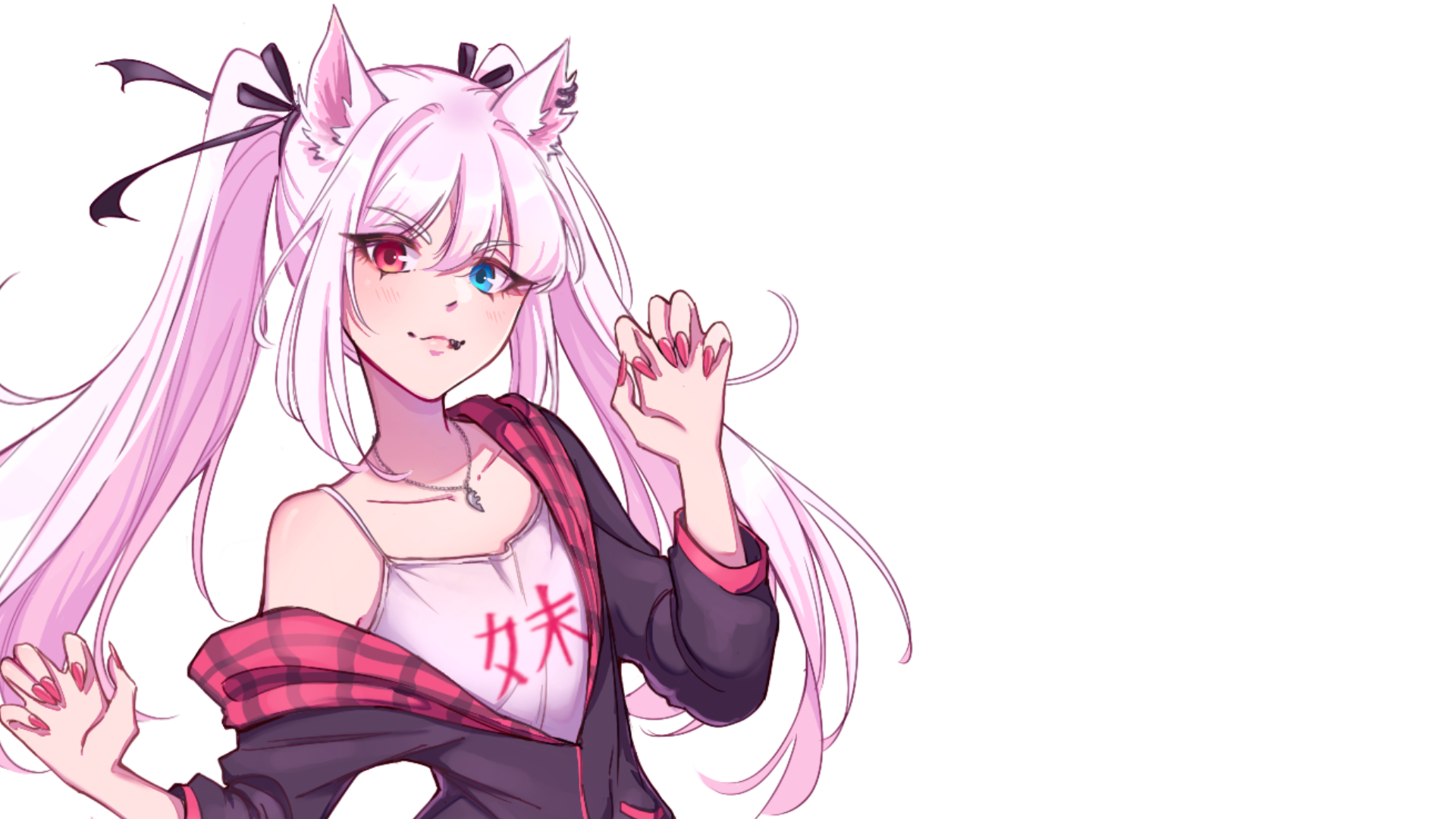
Rittsu Kogarasuashi is a self-taught communication designer whose nontraditional approach to breaking into the industry was shaped by experimentation, fan art and free tools. She is now the lead designer at indie publishing house Paper Sky Design, where she collaborates with a global roster of authors, voice actors and digital creators.
With a focus on design and typography, Rittsu approaches her craft with a creative curiosity, but her journey hasn't been without challenges. As part of our Day in the Life series, I caught up with Rittsu to discuss the realities of being a self-taught creative and what the industry needs to improve for a more inclusive environment.
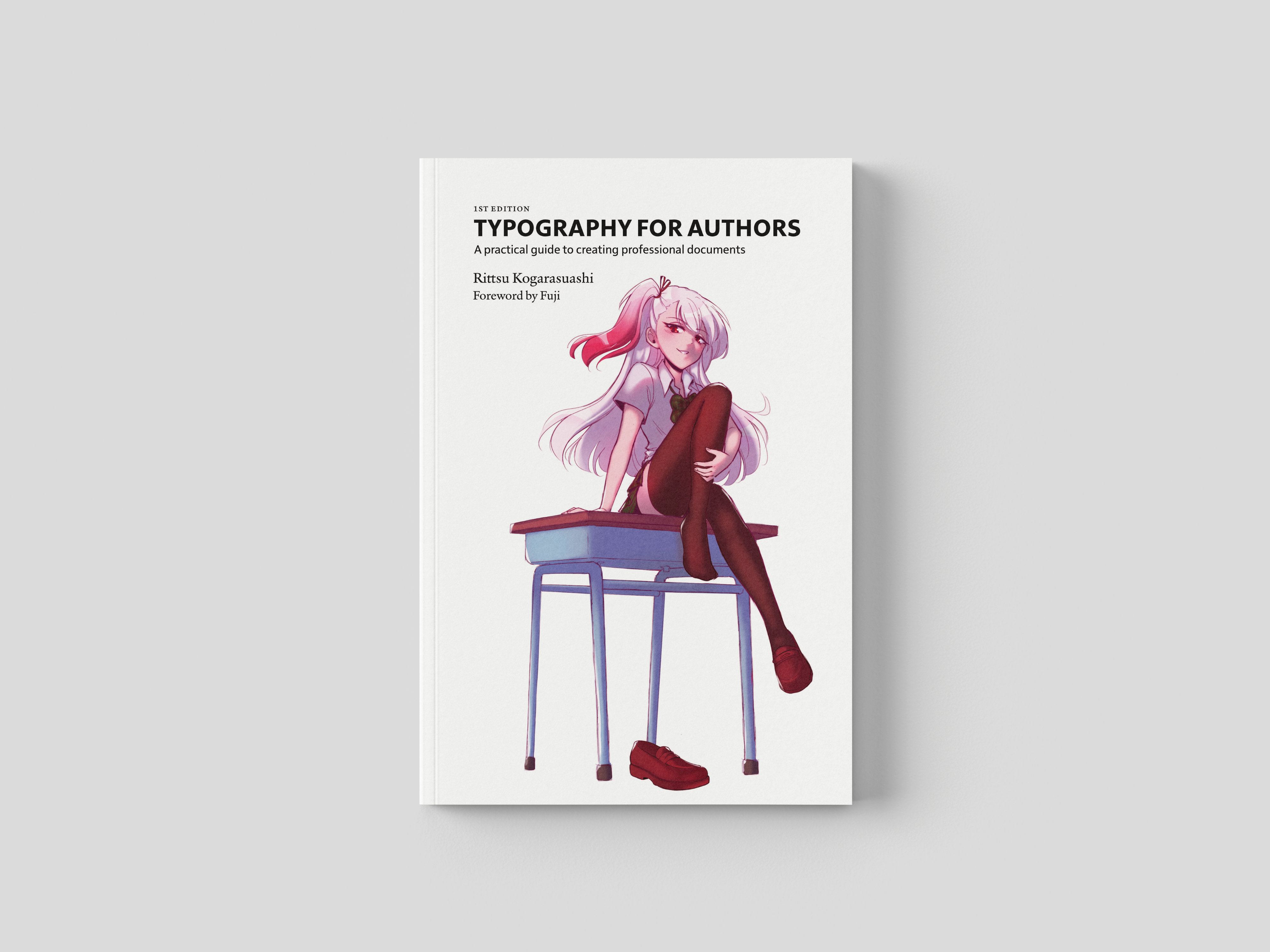
Could you walk me through a typical day in your role?
I wake up and grab a Dr Pepper as it is an intellectual drink for the chosen ones (points if you get the reference). For about an hour, I will read through my emails, check various social media networks and interact with friends and family. After that, I sit down to work on different projects throughout the day.
This will vary from day to day depending on what the task is. If I am doing client work, a large portion of my time is spent working on that project – anywhere from six to eight hours or more.
When there is no big client project, I will spread out any remaining time on marketing my skills, applying to jobs and working on concept projects or personal projects (such as the Azure Wolf design system I am creating at the moment). Usually, after eight hours or so, I realise that food is a requirement and spend what little time I have to eat before getting back to work. By the end of the day, there is usually still work to do as a designer’s job is never done, but I use what remaining time I have to sleep and get ready to repeat the day again.

What was your early career like?
My early career was rough. Trying to jump into independent contract work with only two years of experience at the time was not ideal. Most of the client work was editorial or book design work – usually only gaining $20 to $60 per project. After gaining more experience throughout the years, I finally started charging my value, which is in the realm of $1,500, depending on the type of project. Is it better than my early career? No. Still, it is a stepping stone.
Discovering the Affinity software was that one big step. While it is true that a tool and software do not make the designer, the design methodologies and thinking are the key; good tools do enhance the workflow.
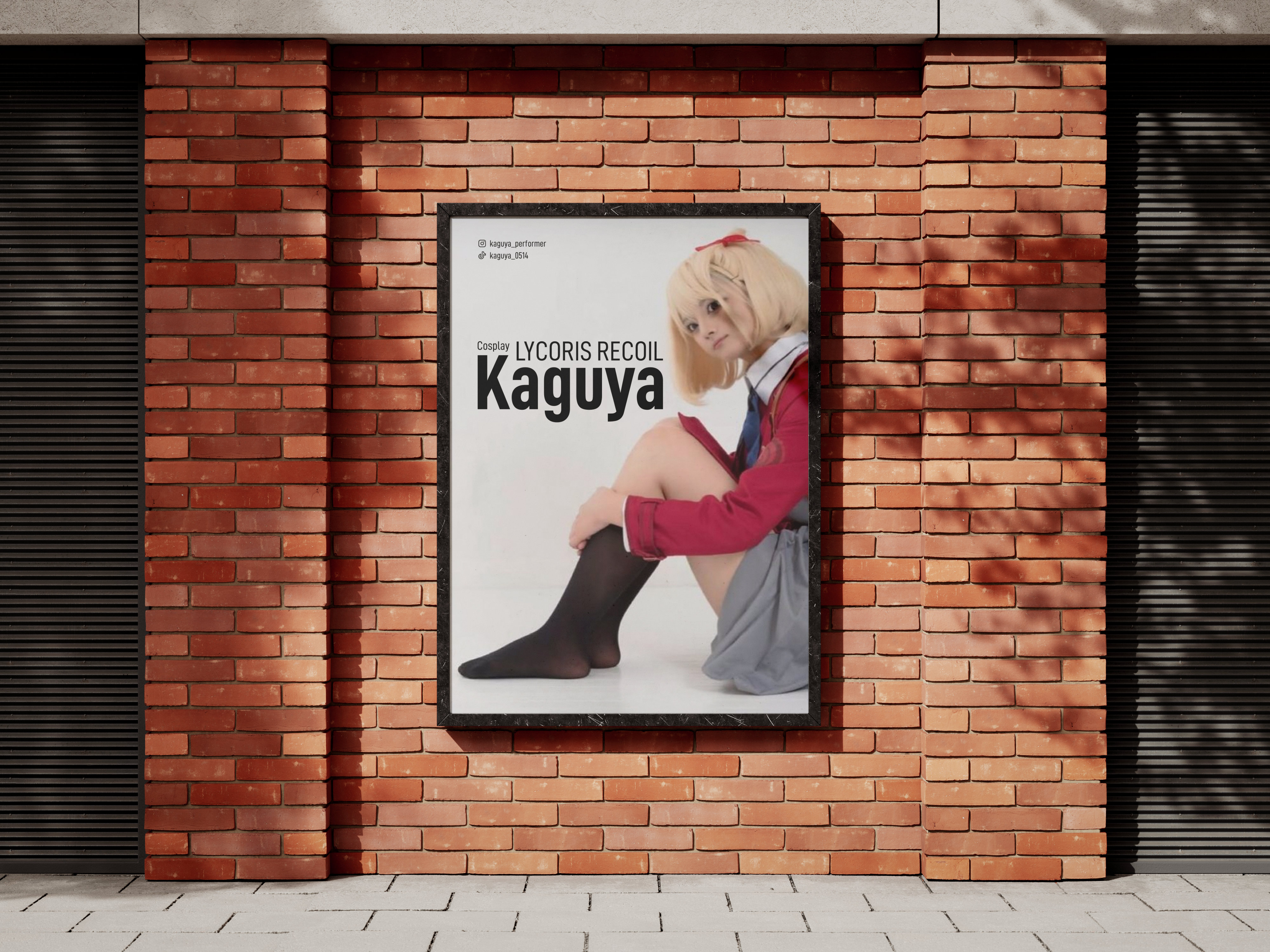
How has being a self-taught creative shaped your career?
Many will try to sugar-coat the lifestyle of being a self-taught designer, but I prefer the logical truth and facts. Being a self-taught designer has brought many hardships that could have easily been avoided through a proper formal education. For me to say it has been a grandiose experience would be a lie.
No one should ever fall into the trap of thinking that design is easy
Unlike formal education, my experience as a self-taught designer was filled with more trial-and-error than I care to admit. I still sometimes find it hard to find stable income work due to a lack of a degree, few network connections and critical feedback from professional designers. No one should ever fall into the trap of thinking that design is easy or that ‘only the portfolio matters’ because design as a career is much more, but this is where determination and a belief in your skills is really important.
It is a rewarding experience that continues to grow and shape the landscape. Investing in professional software like Affinity has played a major role in shaping my career alongside the investment of books and educational reading material.
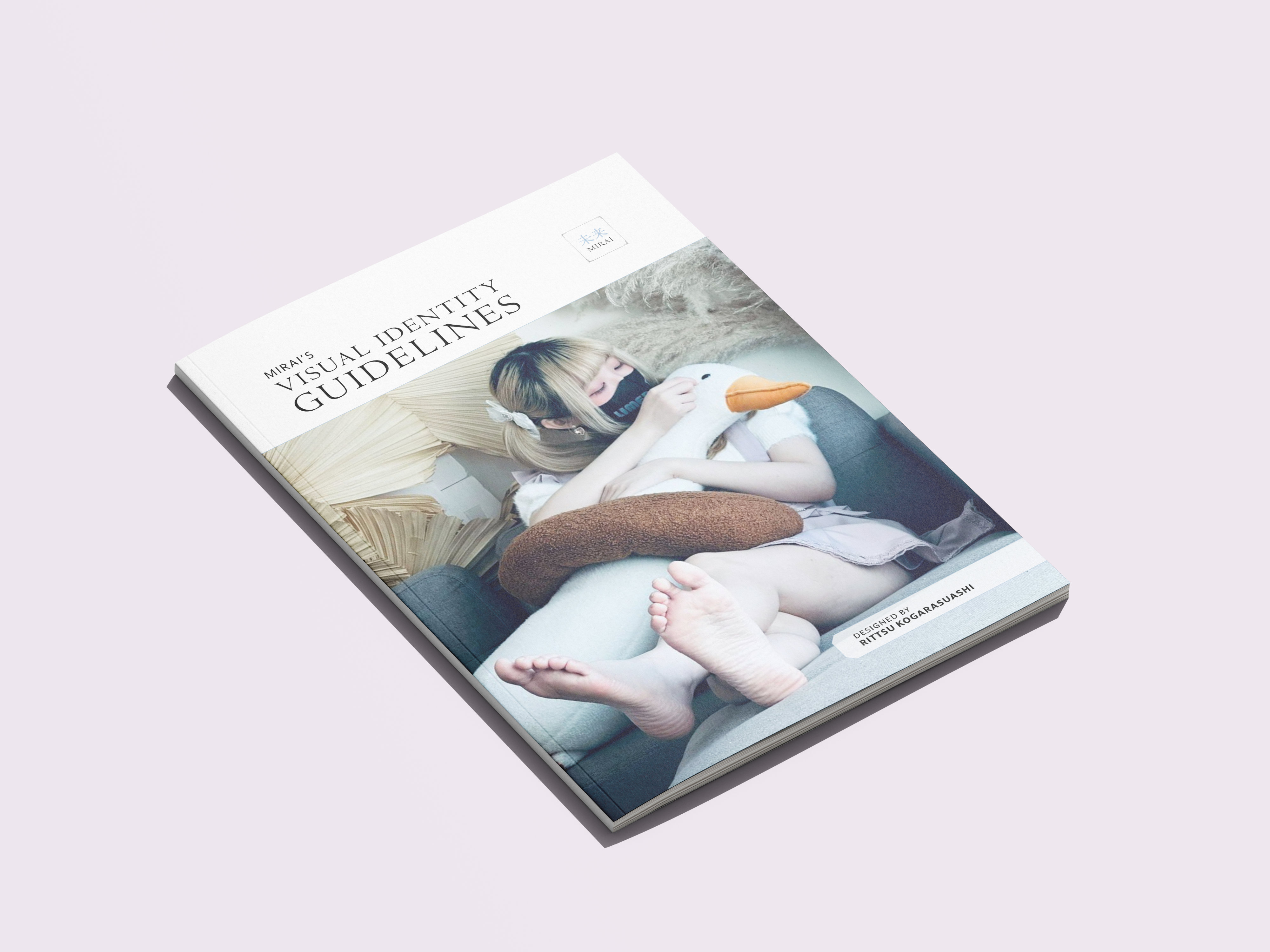
How inclusive is the design industry in 2025?
The design industry has a problem of ageism – it is sad but true. Generally, most applicants over the age of 40 tend not to get hired over someone who has just graduated from university. Beyond this, design is slowly growing to be more inclusive to people of all diversities regardless of disabilities, race, sex, gender or background.
Design has come a long way to become accessible for hearing-impaired users or those with visual impairments. I myself have poor vision and dyslexia (ironic for a typographer, I know), and the development of professional typefaces like Atkinson Hyperlegible Next by the Braille Institute of America has ensured a standard that bridges the gaps between the user and a design.
While software like Affinity has not magically improved my disabilities, the team behind it have taken careful time to understand user experience and usability. Icons are relatively simplistic, and for the most part, the interface is intuitive, which helps; meanwhile, the text is legible and readable. Affinity continues to try and remain inclusive with the design of their product, and the team listens to the users and tries to apply the feedback they receive to ensure the software is the best it can be.
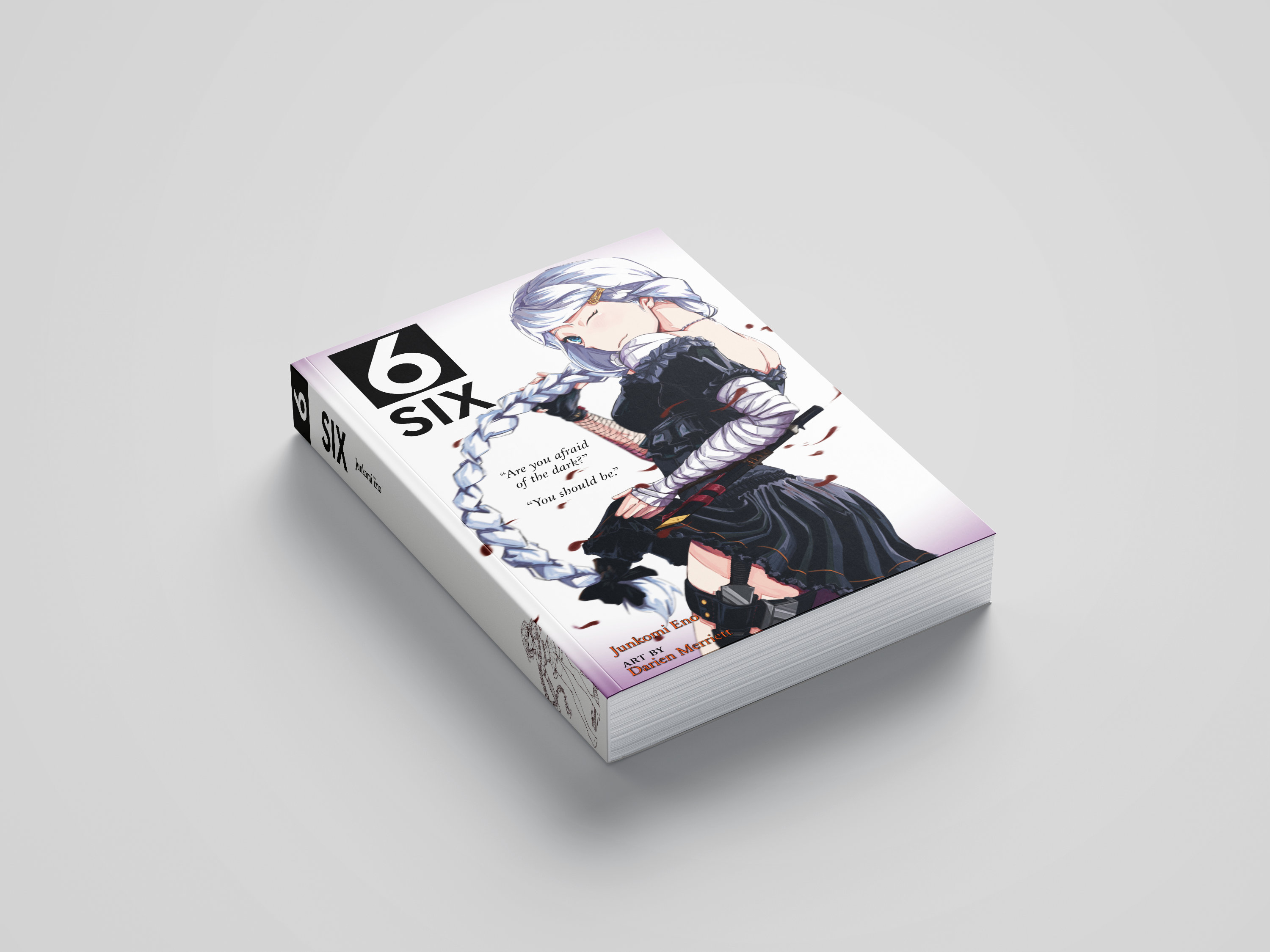
What do you think the industry needs to improve?
The biggest problem I see in the industry is the exclusion of skill-based performance. A person’s background, appearance, gender, sexuality, disabilities or race should not play a factor if the education, experience and skills justify the value. Yet, this tends to happen beyond design and into various fields.
A lot of people have started to shy away from the self-taught freelancers
The problem is the mindset from both sides of the industry – the applicant side and the company side. Clear communication and expectations can help to clear up a lot of the miscommunication, but there still needs to be realistic goals as to what can and cannot be done. As an example, many companies wish to hire a graphic designer but expect them to do motion design, 3D design, video editing, UX/UI design, marketing and advertising. All for an entry-level salary. Clients and companies need to understand the roles they are employing or hiring and ensure the payment is substantial for the amount of work.
Another large problem area is a lack of professionalism that is mostly seen in self-taught designers. A lot of people have started to shy away from the self-taught freelancers (ie Fiverr and Upwork) due to the rampant lack of professionalism and communication. Two or three years ago, I posted educational content on Instagram, predicting that by 2025 freelancers would decline, clients would prefer professional designers, and degrees would become essential. Slowly, the design industry is shifting away from remote and unprofessional freelance work.
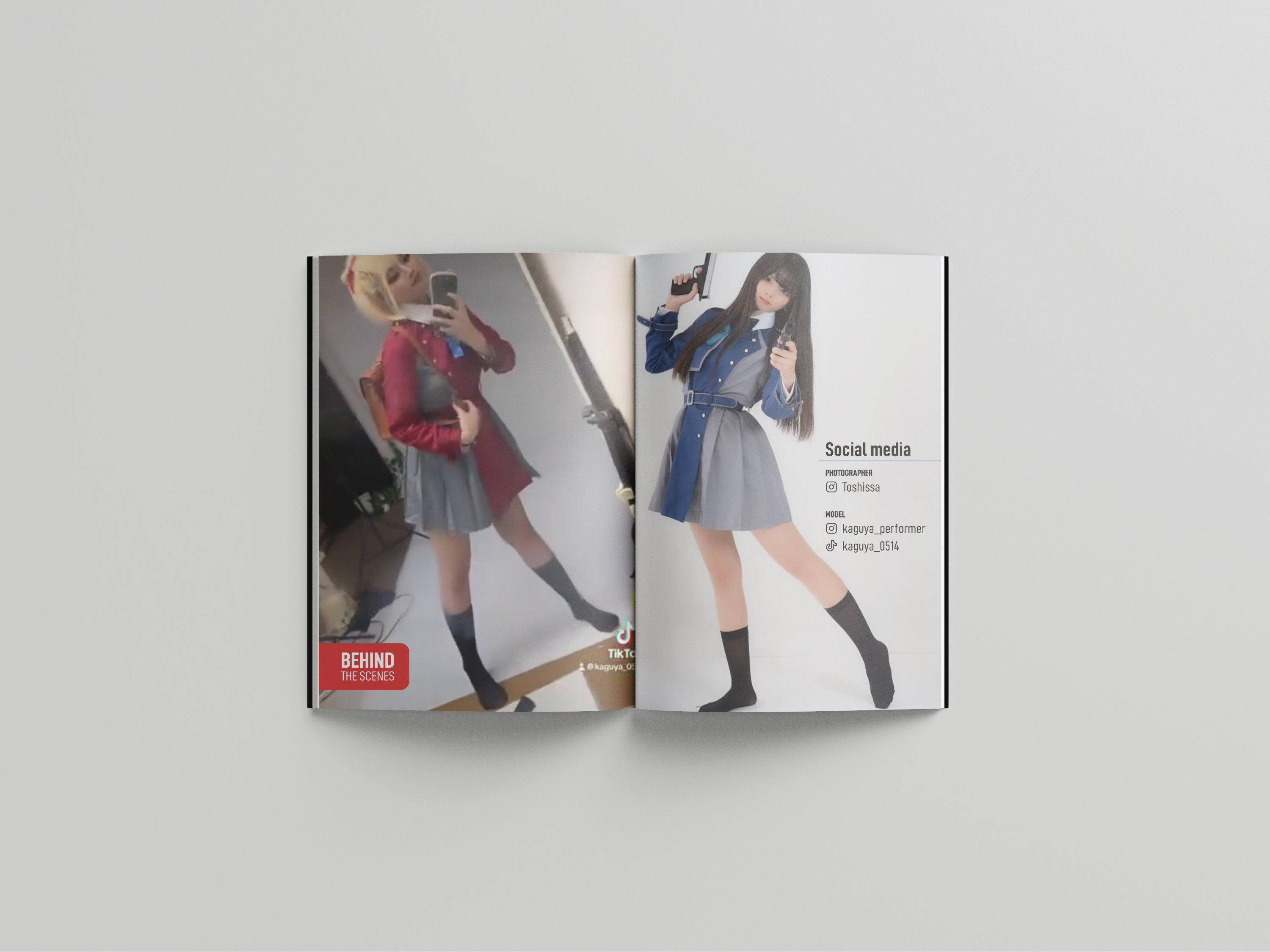
What’s your design/art pet peeve?
People often think it is the use of the Comic Sans typeface, but no. My biggest pet peeve is the poor use of type in context. Too many times have I seen a type that just miscommunicates the intended message (for example, using Comic Sans on a CV). Design is all about communication and problem-solving, not aesthetics.
It always irks me when people misconstrue what design is and are adamant in their belief that design is just fine art. I understand that many of the population are not designers or have the false idea that fields like graphic design are artistic. Much of this misconception comes from the idea that art and design are the same field.
Yet, institutions for the craft of design date back to the nineteenth century, as far back as the Norwegian National Academy of Craft and Art Industry, founded in 1818 or the Rhode Island School of Design (RISD) in 1877.
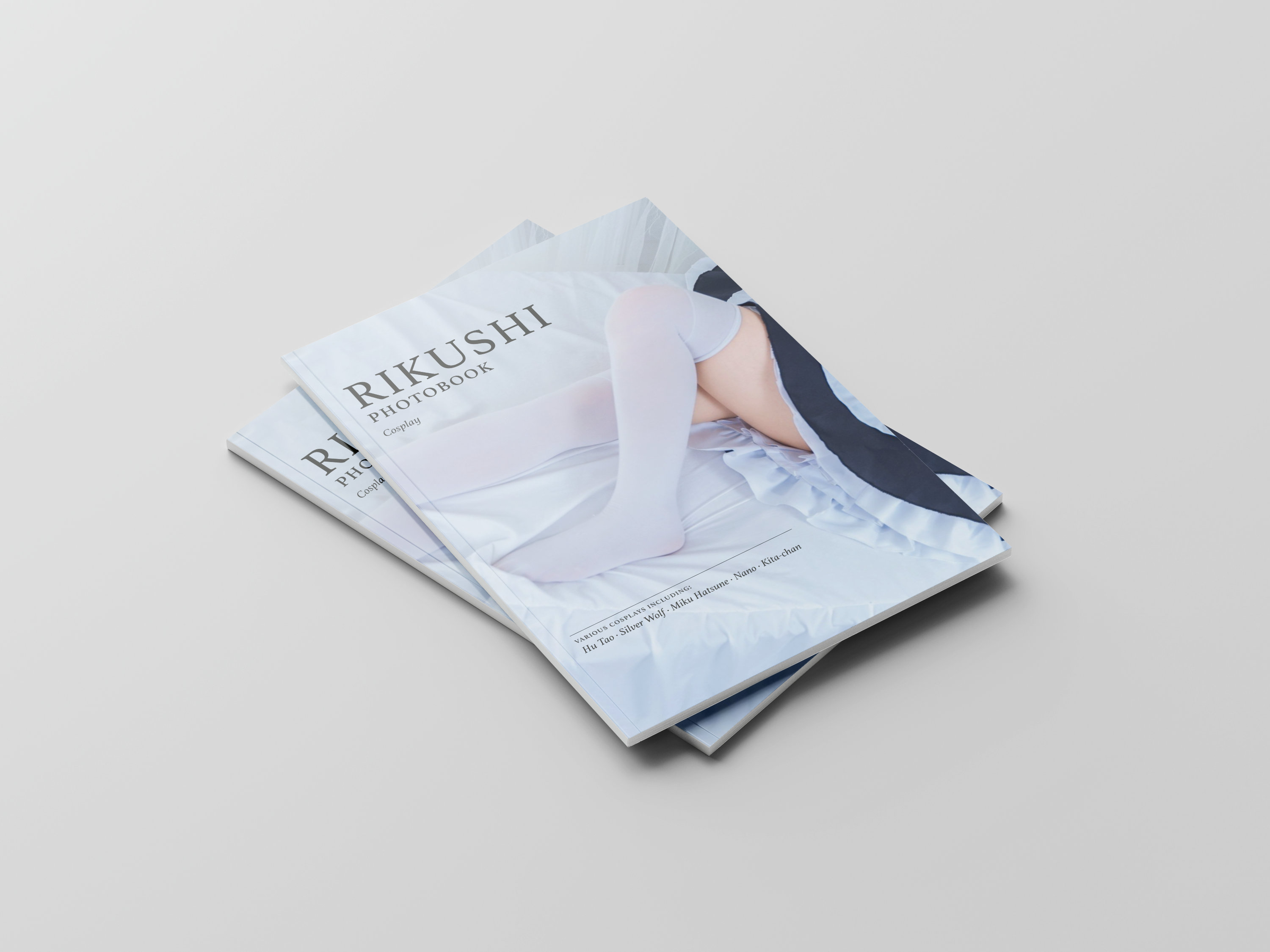
What are your favourite tools?
It depends on the problem, but in general, when I need to sketch a design, I turn to my Midori and Campus notebooks paired with my Rotring 600 mechanical pencil. For software, I use Affinity Publisher and Affinity Designer. These tools help me complete my work faster. I often speak about how Affinity is of high value to freelancers and independent contractors.
My favourite tool would be fonts. To many, a font file seems like a stupid thing to waste money on – and I can understand the sentiment – but without them, the text we read every day would be non-existent. It is incredible to think that, from the early days of China, the idea of movable type was invented before becoming streamlined through Gutenberg. Every letter we see on the screen is digital binary code, all encoded into a file of data.
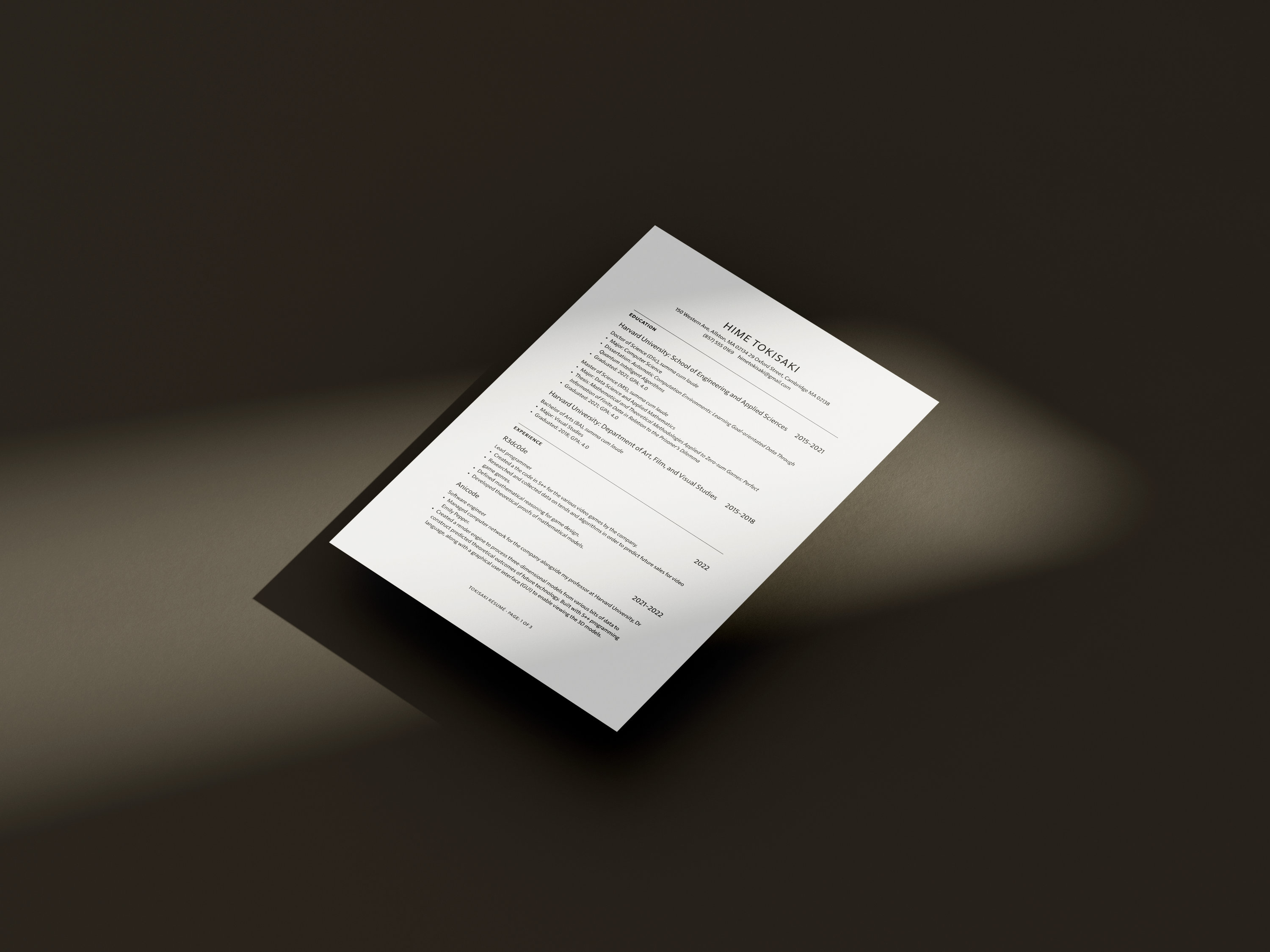
What’s your dream project/dream client?
It would be a dream to do more work-related projects for cosplayers or VTubers (such as photobooks, visual identities, debut slides and magazines). Besides the identity I did for Mirai, there were various concept projects I did that featured a few dream clients, such as Kaguya, who is a freelance model as well as a magician, and Shiro, a cosplayer who shares various photos on X that I would love to work on a project with one day.
Two dream clients of mine would be to work with Japanese model Nyaromenia and Chinese cosplayer Rikushi. Both take stunning photographs and cosplay that always captures an emotion which encapsulates their energy for cosplay and modelling. It would be amazing to work on a project with either of them – be it the design of a photobook or an identity system to help communicate across all media.
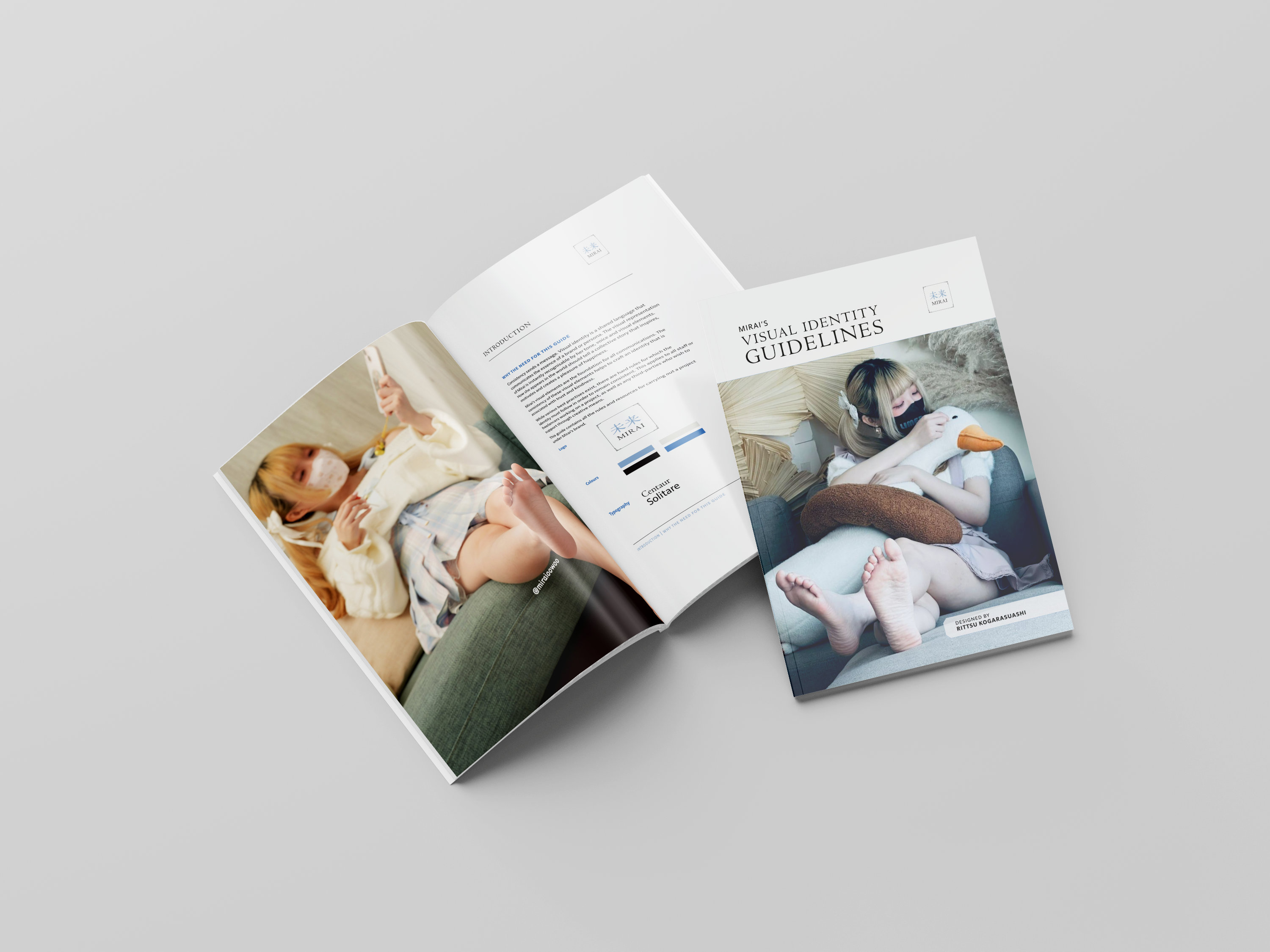
What career advice would you give your younger self?
If I could go back in time, I would tell myself to finish high school and get a degree in graphic design from RISD. People often think from my stories that I am happy with my path as a designer, but the reality is far from it. Most people do not hear the stories of failure or the struggles that lead up to the present. Often, like with history, it is skipped over to the more interesting parts – the story usually being spiced up for dramatic effect.
Education is valued in the design industry – despite what many will say. Degrees hold value and allow for a vast connection to a network of professionals. Never let anything hold you back from gaining value, be it financial or social factors. Time is something you cannot gain back.
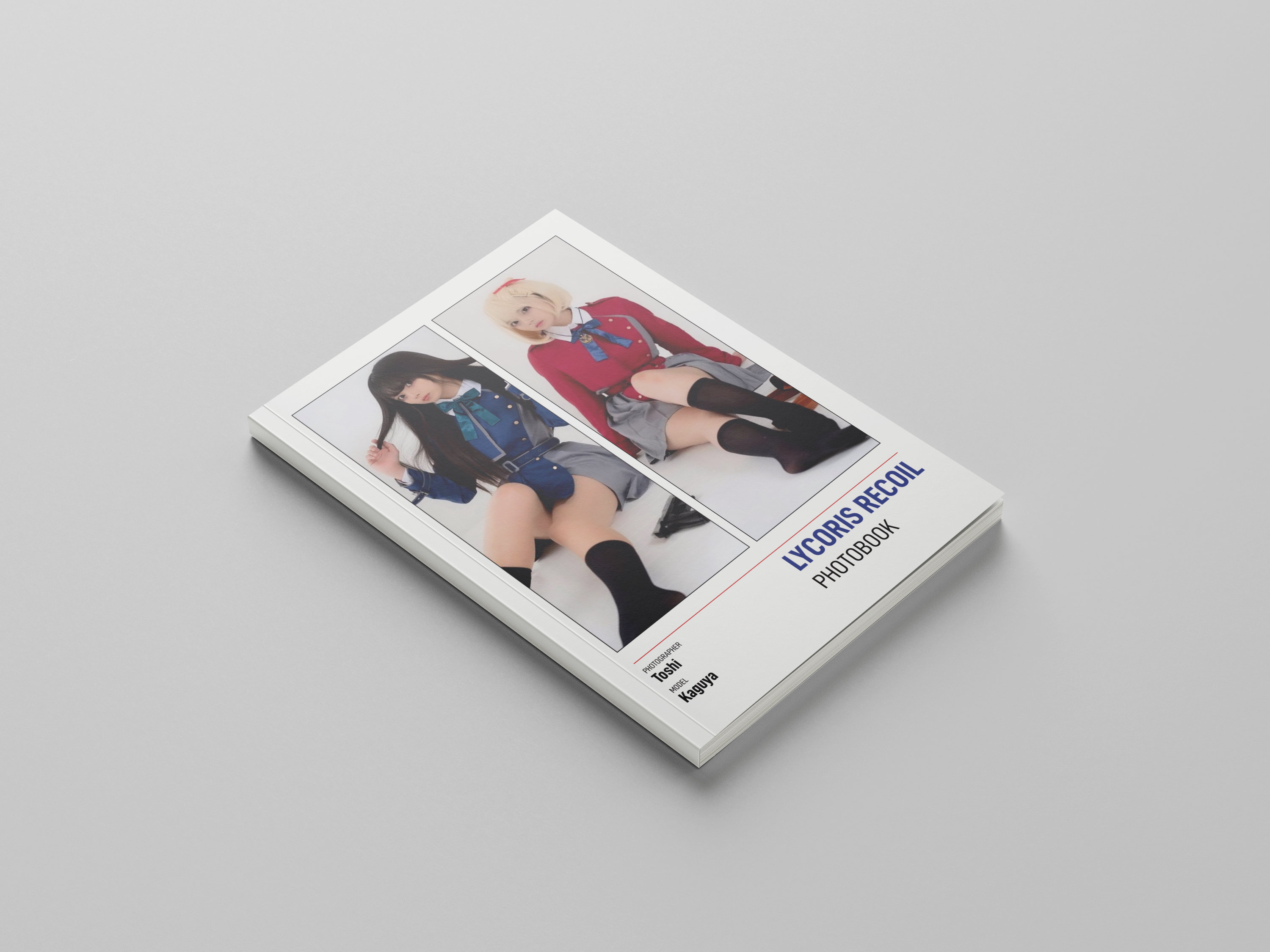
Anything else to add?
There is definitely a lot to be said of design, the industry and various different aspects of the field. From the career of design to the discussion of artificial intelligence, the amount of information available right now is as vast as space. Design is not an easy field, but regardless of the journey, it is a rich craft that can be rewarding to anyone who enjoys communication and problem-solving.
Throughout this year and in the future, design is entering a renaissance, and it is professional designers who ensure the value of the craft will ameliorate to standards that will communicate messages beyond space and time. Future generations will look back at the stories told, and while every person’s story may never come to light, a story is only lost when the last memory of it dies.
Discover more about Rittsu Kogarasuashi and check out Paper Sky Design.
Daily design news, reviews, how-tos and more, as picked by the editors.

Natalie Fear is Creative Bloq's staff writer. With an eye for trending topics and a passion for internet culture, she brings you the latest in art and design news. Natalie also runs Creative Bloq’s Day in the Life series, spotlighting diverse talent across the creative industries. Outside of work, she loves all things literature and music (although she’s partial to a spot of TikTok brain rot).
You must confirm your public display name before commenting
Please logout and then login again, you will then be prompted to enter your display name.
